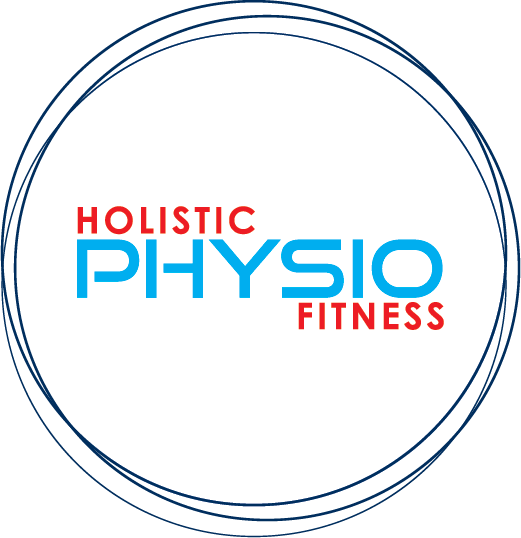
Shoulder pain: Exercise and Manual Therapy
Shoulder pain is a common complaint that can significantly impact daily life, from simple tasks like reaching overhead to more complex movements involving the arm and shoulder joint. Whether caused by injury, overuse, or underlying conditions like arthritis, addressing shoulder pain effectively requires a comprehensive approach that often combines exercise therapy and manual therapy under the guidance of a skilled physiotherapist.
Understanding Shoulder Pain
The shoulder is a complex joint with a wide range of motion, allowing for various movements such as lifting, reaching, and rotating the arm. This mobility, however, also makes it susceptible to injuries and conditions that can lead to pain and discomfort. It trades stability, for mobility. Some examples of where shoulder pain can come from are:
- Rotator cuff injuries: Tears or strains in the muscles and tendons that stabilize the shoulder joint.
- Frozen shoulder (adhesive capsulitis): A condition causing stiffness and pain in the shoulder joint.
- Shoulder impingement syndrome: Where the rotator cuff tendons are pinched between the bones in the shoulder.
- Arthritis: Inflammation and degeneration of the shoulder joint.
The Role of Exercise Therapy
Exercise therapy is a cornerstone in the management of shoulder pain. It involves tailored exercises designed to strengthen the muscles around the shoulder joint, improve flexibility, and enhance overall function. These exercises not only help in reducing pain but also prevent future injuries by improving the stability and endurance of the shoulder muscles.
Benefits of Exercise Therapy for Shoulder Pain:
- Strengthening: Targeted exercises strengthen the muscles supporting the shoulder joint, including the rotator cuff muscles and deltoids, which helps in better joint stability.
- Flexibility: Stretching exercises improve flexibility and range of motion, reducing stiffness and enhancing mobility in the shoulder joint.
- Pain Relief: Regular exercise can alleviate shoulder pain by promoting blood flow to the affected area and releasing endorphins, the body’s natural painkillers.
- Prevention: By strengthening the muscles and improving posture, exercise therapy helps in preventing future shoulder injuries and recurrence of pain.
A physiotherapist, and or an exercise physiologist, assesses the specific needs of each patient and develops a personalised exercise plan tailored to their condition and goals. This individualised approach ensures that the exercises are safe and effective, gradually progressing as the patient’s shoulder pain improves.
The Role of Manual Therapy
Manual therapy involves hands-on techniques performed by a physiotherapist to manipulate and mobilise the soft tissues and joints around the shoulder. It complements exercise therapy by addressing muscle tightness, joint stiffness, and alignment issues that contribute to shoulder pain. This can also make the exercise therapy component of the program, easier to perform, and therefore, more effective.
Key Techniques in Manual Therapy:
- Soft Tissue Massage: Helps in releasing tension in the muscles and promoting circulation to aid in healing.
- Joint Mobilisation: Gentle movements applied to the shoulder joint to improve its range of motion and reduce stiffness.
- Trigger Point Release: Direct pressure on specific points to alleviate muscle knots and referred pain.
- Myofascial Release: Techniques aimed at stretching and releasing the connective tissue (fascia) around the muscles to relieve pain and improve mobility.
Manual therapy techniques are skilfully applied by physiotherapists based on the assessment of the patient’s shoulder condition and response to treatment. These hands-on interventions not only provide immediate pain relief but also prepare the shoulder for the exercises that strengthen and stabilise it in the long term.
Integrating Exercise Therapy and Manual Therapy for Optimal Results
The synergy between exercise therapy and manual therapy is crucial for achieving the best outcomes in shoulder pain management. While exercise therapy strengthens the shoulder muscles and improves flexibility, manual therapy addresses underlying issues such as muscle tightness and joint stiffness that may hinder progress or exacerbate pain.
Benefits of Combining Both Therapies:
- Comprehensive Care: Addresses both the symptoms and root causes of shoulder pain.
- Faster Recovery: The combined approach accelerates healing by promoting tissue repair and functional restoration.
- Customised Treatment: Tailored interventions based on the patient’s specific condition and progress.
- Long-Term Relief: Builds strength and resilience in the shoulder joint to prevent future injuries and chronic pain.
So, all in all, shoulder pain can significantly impact daily activities and quality of life, but it is manageable with the right treatment approach. Physiotherapy, particularly through a combination of exercise therapy and manual therapy, offers a holistic and effective solution to alleviate shoulder pain, restore function, and prevent recurrence. By working closely with a skilled physiotherapist, individuals experiencing shoulder pain can embark on a personalised rehabilitation journey that targets their unique needs, ultimately leading to improved shoulder health and overall well-being. Our dual qualified therapists at Holistic Physio Fitness provide the best of both worlds. A therapist that is skilled in both manual therapy, and exercise therapy, for the best approach. See further information here

